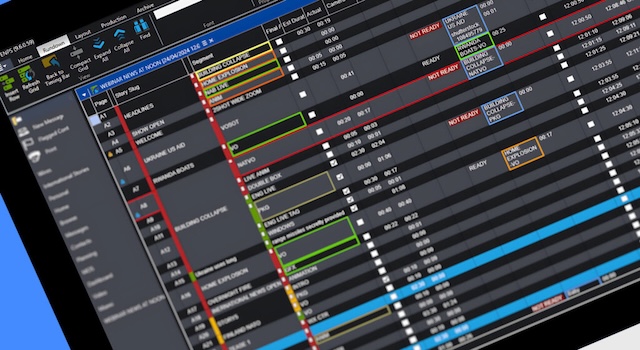Accounting
Beyond Spreadsheets: How Mid-Market Firms Transition to FP&A Platforms

Summary: Spreadsheets remain the default tool for many finance teams, but mid-market organizations are increasingly outgrowing Excel. This article explores why companies transition to dedicated Financial Planning & Analysis (FP&A) platforms, what challenges they face, and how to measure success once they make the leap.
Why spreadsheets stop working at scale
Spreadsheets are powerful for individual analysis but struggle under the demands of growing businesses. Common problems include:
- Version control issues: Multiple stakeholders working on different files creates errors and delays.
- Lack of collaboration: Finance becomes a bottleneck as only a few people can update and share data.
- Error-prone formulas: A single broken link or miskeyed formula can throw off entire forecasts.
- Slow consolidation: Rolling up departmental budgets into a master model takes days or weeks.
The case for FP&A platforms
Modern FP&A software addresses these pain points by centralizing financial models and enabling real-time collaboration. Key benefits include:
- Single source of truth: Everyone works off the same cloud-based model, reducing errors.
- Workflow automation: Built-in approval flows streamline the budget and forecast cycles.
- Scenario modeling: Finance teams can run “what if” analyses in minutes rather than days.
- Integration: Direct connections to ERP, CRM, and HR systems provide up-to-date actuals.
Challenges during the transition
Moving from spreadsheets to an FP&A platform isn’t just a technology shift—it’s also a cultural one. Common obstacles include:
- Change resistance: Business users may be hesitant to leave behind spreadsheets they know well.
- Data quality issues: Garbage in, garbage out—migration highlights inconsistent or missing data.
- Skill gaps: Finance teams need to learn new interfaces and modeling approaches.
- Implementation cost: Mid-market firms must budget for both software and change management.
Best practices for a smooth migration
- Start small: Begin with one or two planning processes, such as headcount planning or OPEX forecasting.
- Clean your data first: Standardize chart of accounts and dimensions before migration.
- Invest in training: Provide workshops and user guides for finance and department heads.
- Communicate value: Show early wins—like faster variance analysis—to build buy-in.
Measuring ROI of FP&A platforms
Mid-market CFOs often justify the investment by tracking measurable improvements, such as:
- Reduction in budgeting cycle time (weeks to days).
- Number of errors caught or avoided.
- Improved accuracy of forecasts compared to actuals.
- Greater engagement from business leaders in financial planning.
Conclusion
For mid-market firms, spreadsheets eventually become a liability rather than an asset. Transitioning to an FP&A platform is a significant project, but the payoff is faster decision-making, fewer errors, and more collaborative financial planning. By starting small, addressing cultural resistance, and tracking ROI, finance leaders can move their organizations beyond spreadsheets and into a modern, scalable planning environment.






